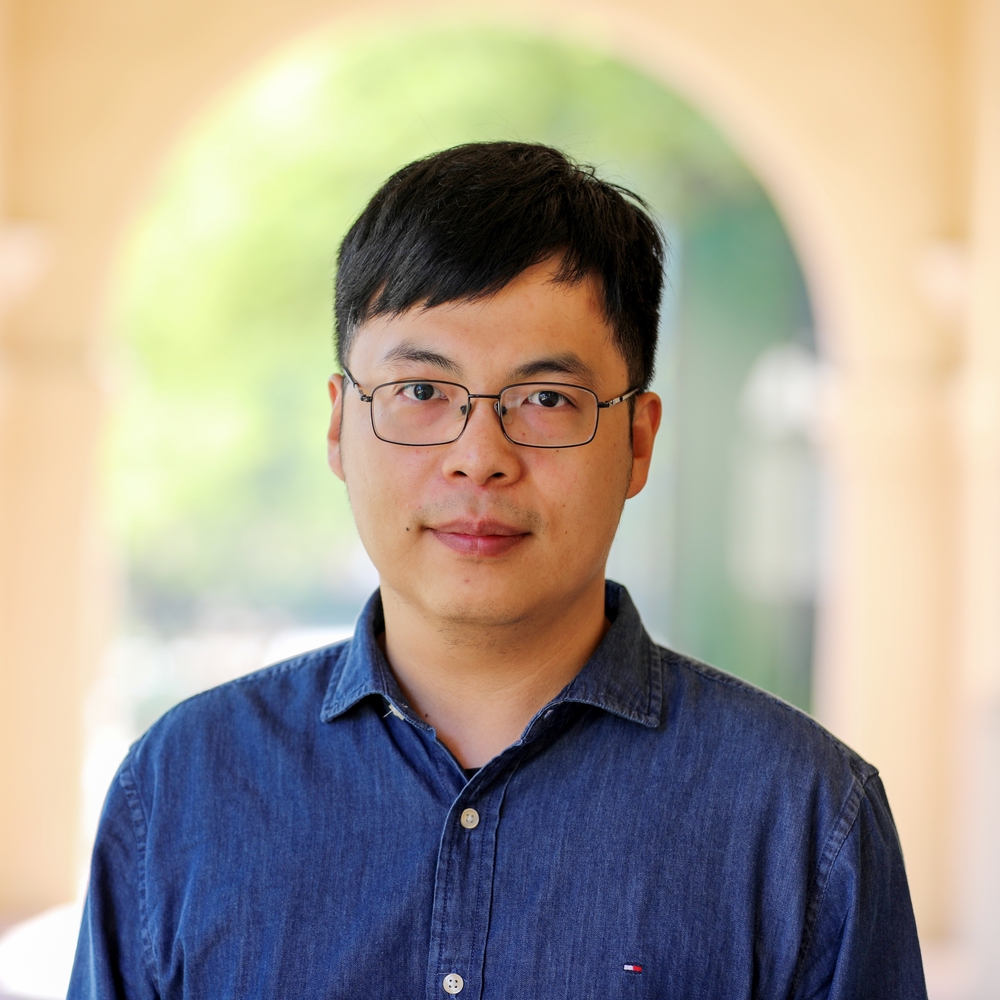Abstract
Photoacoustic tomography offers a powerful tool to visualize biologically relevant molecules and understand processes within living systems at high resolution in deep tissue, facilitated by the conversion of incident photons into low-scattering acoustic waves through non-radiative relaxation. Although current endogenous and exogenous photoacoustic contrast agents effectively enable molecular imaging within deep tissues, their broad absorption spectra in the visible to near-infrared (NIR) range limit photoacoustic multiplexed imaging. Here, we exploit the distinct ultrasharp NIR absorption peaks of lanthanides to engineer a series of NIR photoacoustic nanocrystals. This engineering involves precise host and dopant material composition, yielding nanocrystals with sharply peaked photoacoustic absorption spectra (~3.2 nm width) and a ~10-fold enhancement in NIR optical absorption for efficient deep tissue imaging. By combining photoacoustic tomography with these engineered nanocrystals, we demonstrate photoacoustic multiplexed differential imaging with substantially decreased background signals and enhanced precision and contrast.
Publication
Communications Materials, vol. 5, no. 164, pp. 1-10

Assistant Professor of ECEE and BME
I am an Assistant Professor of Electrical, Computer & Energy Engineering (ECEE) and Biomedical Engineering (BME) at the University of Colorado Boulder (CU Boulder). My long-term research goal is to pioneer optical imaging technologies that surpass current limits in speed, accuracy, and accessibility, advancing translational research. With a foundation in electrical engineering, particularly in biomedical imaging and optics, my PhD work at the University of Notre Dame focused on advancing multiphoton fluorescence lifetime imaging microscopy and super-resolution microscopy, significantly reducing image generation time and cost. I developed an analog signal processing method that enables real-time streaming of fluorescence intensity and lifetime data, and created the first Poisson-Gaussian denoising dataset to benchmark image denoising algorithms for high-quality, real-time applications in biomedical research. As a postdoc at the California Institute of Technology (Caltech), my research expanded to include pioneering photoacoustic imaging techniques, enabling noninvasive and rapid imaging of hemodynamics in humans. In the realm of quantum imaging, I developed innovative techniques utilizing spatial and polarization entangled photon pairs, overcoming challenges such as poor signal-to-noise ratios and low resolvable pixel counts. Additionally, I advanced ultrafast imaging methods for visualizing passive current flows in myelinated axons and electromagnetic pulses in dielectrics. My research is currently funded by the National Institutes of Health (NIH) K99/R00 Pathway to Independence Award.